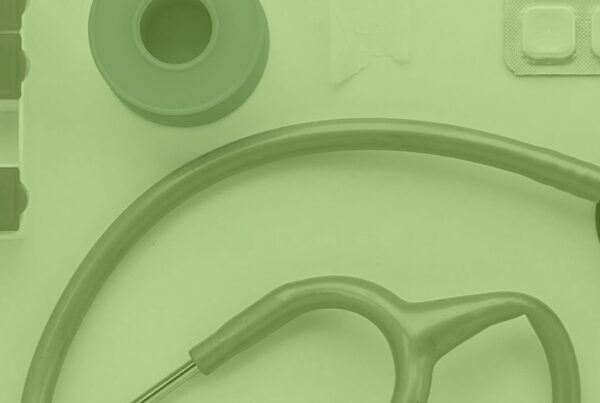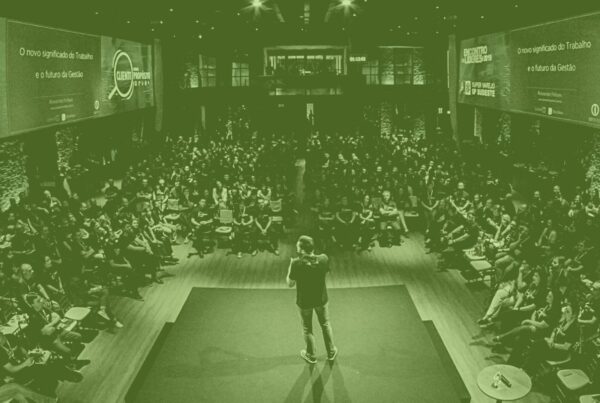Gone are the days when you had to rely on feedback from participants after the event, to make the next one better. Now, you can adjust things as they happen by implementing crowdshaping at an event.
What is crowdshaping? It starts by collecting real-time big data to measure different aspects of event-goer behavior, from biometric readings through to foot traffic. Then you feed the data into amazing algorithms which translate boring ol’ numbers into insights – insights that allow event planners like you to mold and refine the event so attendees have the best experience possible.
While this can give attendees the sense that they have been given opportunities to shape their surroundings, it also gives you a whole new level of event management control. Excited? I know we are! After all, event planners have been crowdshaping for years, from their gut feelings. Now, it’s based on scientific analysis and we can really make it count. So let’s jump in and look at a few things:
- The importance of execution in event planning
- How data can be gathered and recorded
- The roles event goers can play in providing that data – actively or passively
- What event aspects you can improve with crowdshaping
- Considerations when implementing crowdshaping at an event
 Excellent crowdshaping lies in execution
Excellent crowdshaping lies in execution
According to a recent report by Cvent, only 20 percent of event planning organizations are integrating data effectively, despite 80 percent being aware of just how crucial it is to gather that data. This is like having a grand event strategy that you don’t implement. But as an event planner, you’d be all too aware that without execution, your approach goes to waste. Crowdshaping is essentially the execution of your data to improve the event-goer experience. Remember that your attendees will never see your strategy. However, noticing how seamless you made the event and their personal experience – that’s what will make your event memorable.
Crowdshaping gives you another way to value-add for event goers. Using event tech and big data, you can find out what brings event goers joy. Make the experience as personalized and inclusive as possible, while planning how you can best deliver the brand message in a way that aligns with those insights.
Crowdshaping at an event by active participation
Just like you, me and everyone else in the world, event goers love to have their voices heard. So, it’s worth tapping into that and finding a way to get them involved. That’s where crowdshaping at an event by active participation comes in.
For instance, you could choose the perfect event app to facilitate getting their feedback in real-time. Worried they wouldn’t use it? Then you can encourage them to take part by using a point system, with some prizes at the end of the day. Alternatively, you can even gamify the survey experience.
Now, to look at when, where and how you can use the data your attendees willingly provide.
Conduct surveys after sessions
Use a phone app or a chatbot to provide brief surveys to participants after each session. That way repeated sessions at the same event can be adjusted to suit. While this isn’t revolutionary, it is one step better than waiting until the entire event is over before you get any useful feedback. It should also allow for gathering very detailed feedback so that each session can be substantially improved from the one before it.
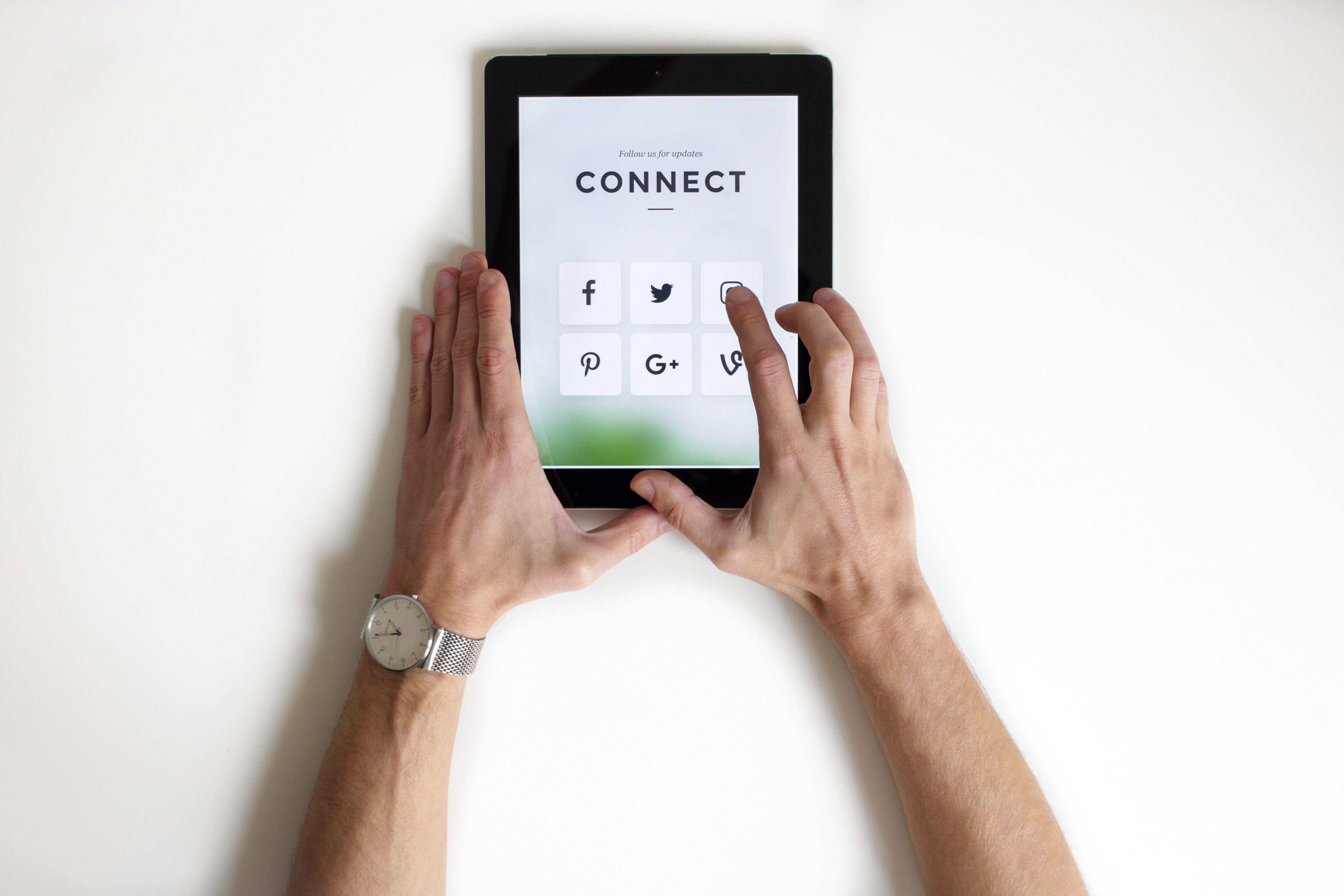 Encourage guest comments in real-time
Encourage guest comments in real-time
Use a phone app to allow guests to connect whenever they like throughout an event and give feedback in real time. If there are comments which indicate a speaker’s presentation is dragging you can address them swiftly. Event goers can let you know if the venue temperature is an issue, whether lighting is adequate for note-taking at a conference and if they are dissatisfied with the cleanliness of amenities. This one is a fantastic example of how just one small comment can let you immediately rectify a situation, saving a displeasing experience from affecting many more attendees. Remember – things can change fast at an event, and there’s room for even the most eagle-eyed event staff to miss a dirty bathroom in their rounds.
Allow them to connect directly with staff
Add discussion boards to a phone app so that attendees can ask questions or get in touch easily with on-site staff. This saves them from having to track down a member of the event team in person. They’ll find this particularly useful if the event is large-scale and if the attendee is in the middle of a session. The event team can provide answers promptly, and problems are dealt with on the spot, so the event goer leaves satisfied with the service provided. You can use the queries or issues from each person to adjust aspects of the event and make sure it doesn’t become an issue for any other attendees.
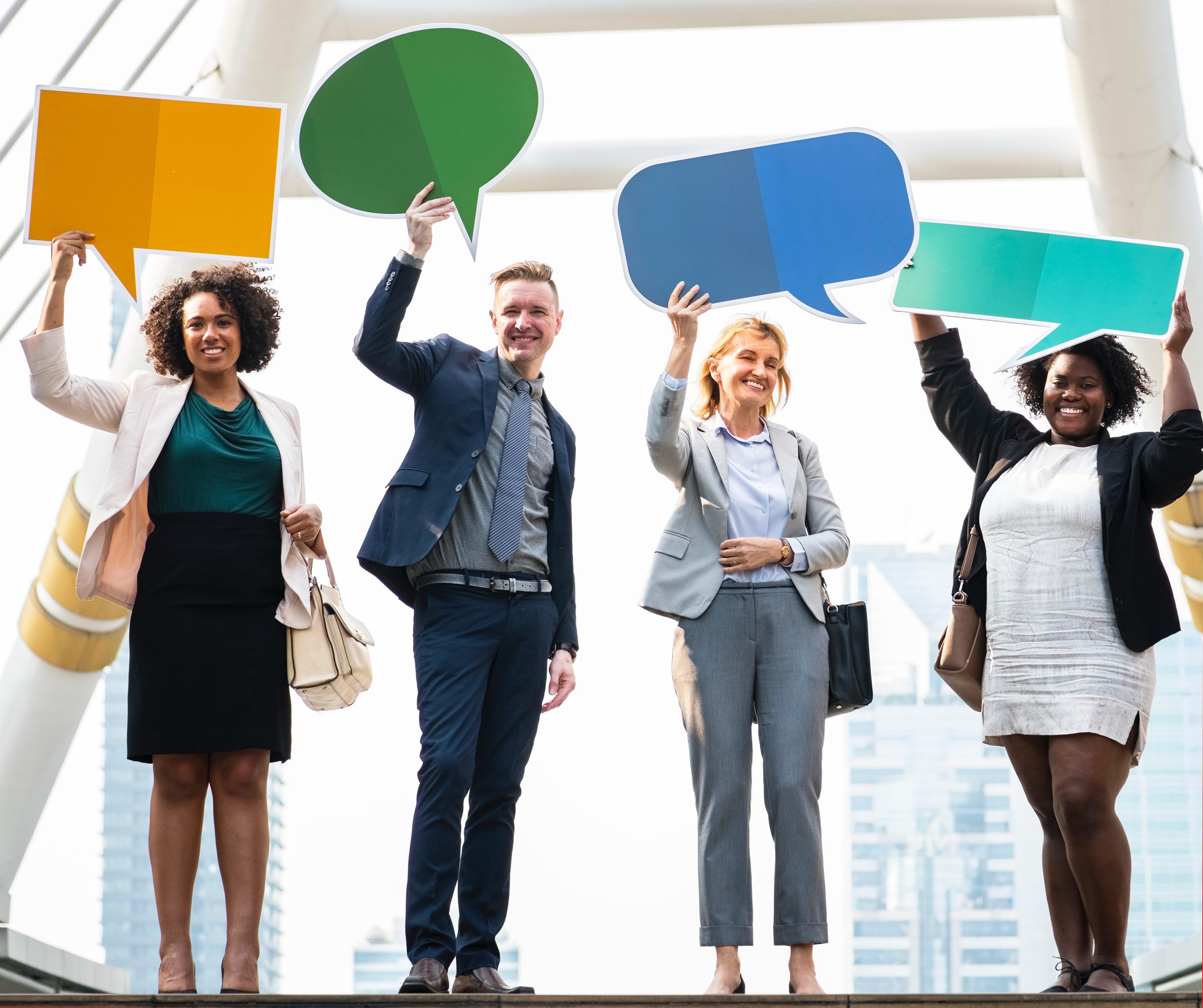 Crowdshaping in real time with passive data gathering
Crowdshaping in real time with passive data gathering
A recent report published by Cvent showed that traditional methods of gathering data were being used by the majority of the study respondents. But, not even 15% were using more sophisticated technologies to collect data, like beacons and RFID wristbands. With this event trend being relatively untapped, there’s massive scope to get an edge on your competition. And honestly, crowdshaping isn’t going anywhere. We see it becoming an event planning staple soon, transforming the industry. So, get out there and show your clients just how well you use the latest tech to improve their events!
And, on that note, let’s take a look at some of the sophisticated methods of data gathering and crowdshaping at an event.
Use scanners to track attendance
Use check-in devices or self-scanning stations to give you real-time data on attendance levels at different event sessions or with exhibitors. Processing the performance data and passing it along means they can know where they are at and whether they need to focus on improving their presence immediately.
A practice similar to this was used at the North American Auto Show in Detroit by John Capano, senior VP for George P. Johnson. He ensured extensive data was collected concerning attendees, as well as attention to the cars. This way calls to action could be worked on for those vehicles not drawing enough attention.
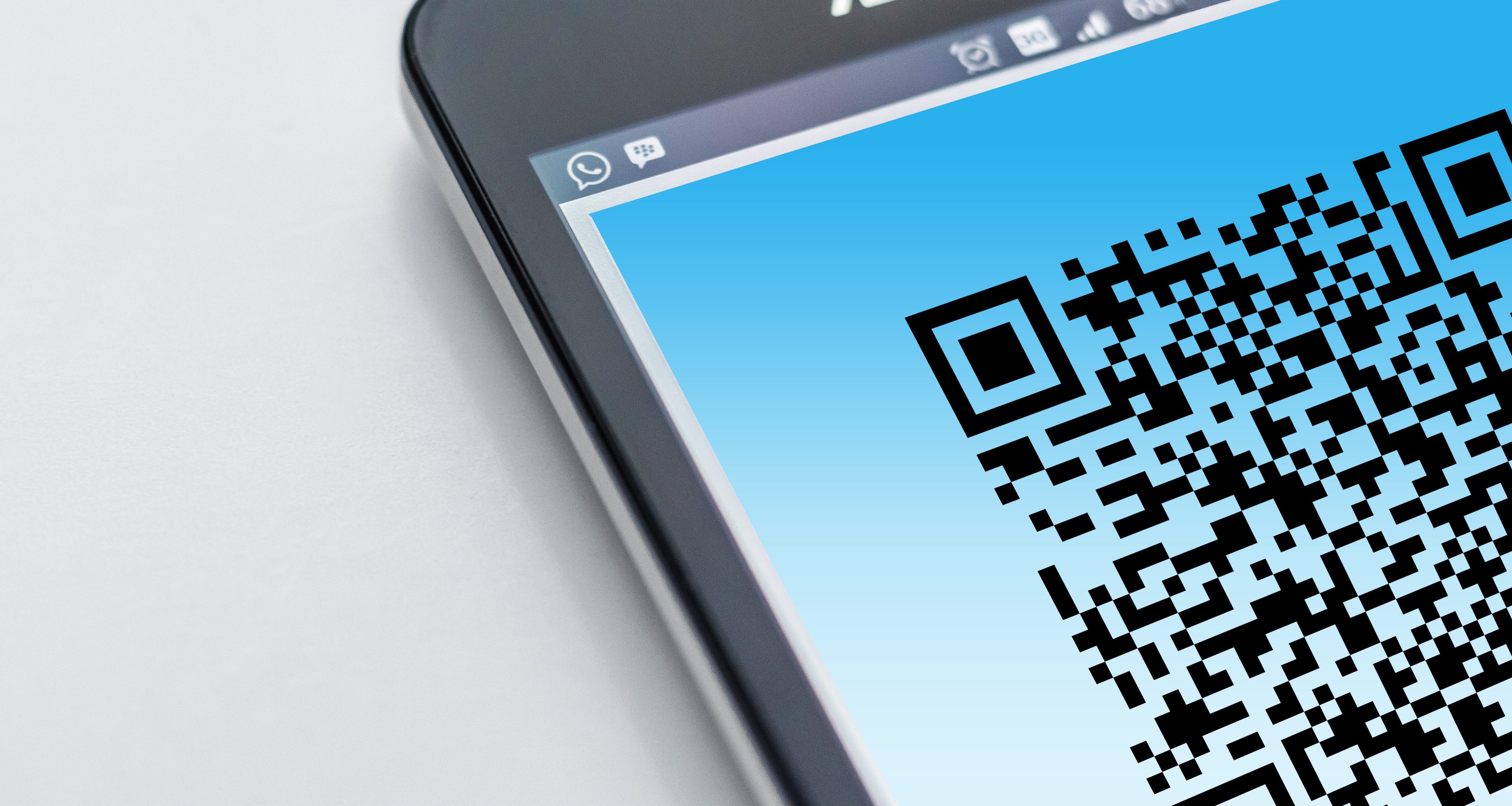 Improve logistics with beacons
Improve logistics with beacons
Use beacons to gather data on transportation performance and availability. For example, place beacons to monitor speed and location of shuttle buses that are running exclusively for your event. Event staff can interpret that data to see if additional services are needed, whether they are running optimally and advise attendees of how long the wait is for the next run. So, while it helps with event planning and adjusting things in real time to run more efficiently, it can also be used to keep event goers informed.
After all, knowing that there is a five-minute wait can be preferable to not knowing how long the wait is. You may even be able to ensure there isn’t a wait for any attendee. This information can be provided to attendees via phone app or screens at the transport pick up zones.
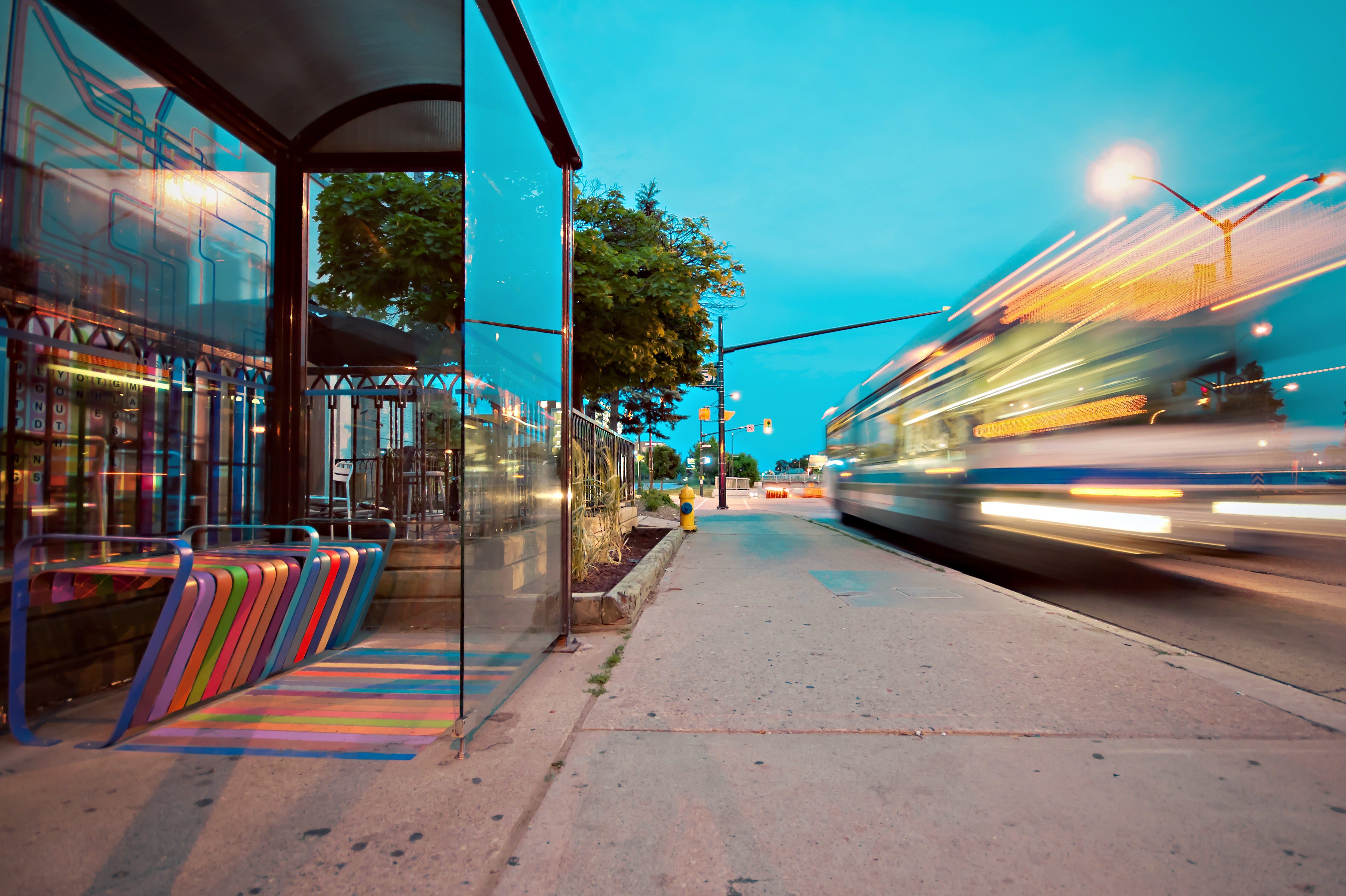 Sensors can help you improve event-goer comfort
Sensors can help you improve event-goer comfort
Use sensors like iBeacons teamed with RFID badges (worn by attendees) to monitor bathroom facilities. You can display real-time updates to event goers. This helps prevent overcrowding, long waits and the disappointment of visiting amenities to find they are closed for cleaning. Via phone app or screens you can let attendees know which facilities are closest, but also readily available. Remember – clean and accessible bathrooms are one of the essential factors in attendee comfort!
Monitor foot traffic to relieve crowding
Like transportation, use geolocation and heat mapping to monitor foot traffic, detect crowd densities and make crowdshaping at an event easy. Monitoring foot traffic helps your event run more efficiently, and provides a better experience for participants in these ways:
- Seating adjustments can be made to better accommodate attendees in sessions drawing crowds
- Determine if staff should open additional food-serving lines
- Determine which doors and how many should be opened
- Allow for the escalators to flow in the best ways to ease any potential bottlenecks
You should use this information in real-time, but also record it for future use. You’ll learn more about human behavior, and you can plan future events with this in mind.
This is also incredibly useful information for ensuring safety procedures are adequate. For example, if a venue evacuation was necessary, you could better help attendees in evacuating quickly and safely by monitoring crowd density and flow.
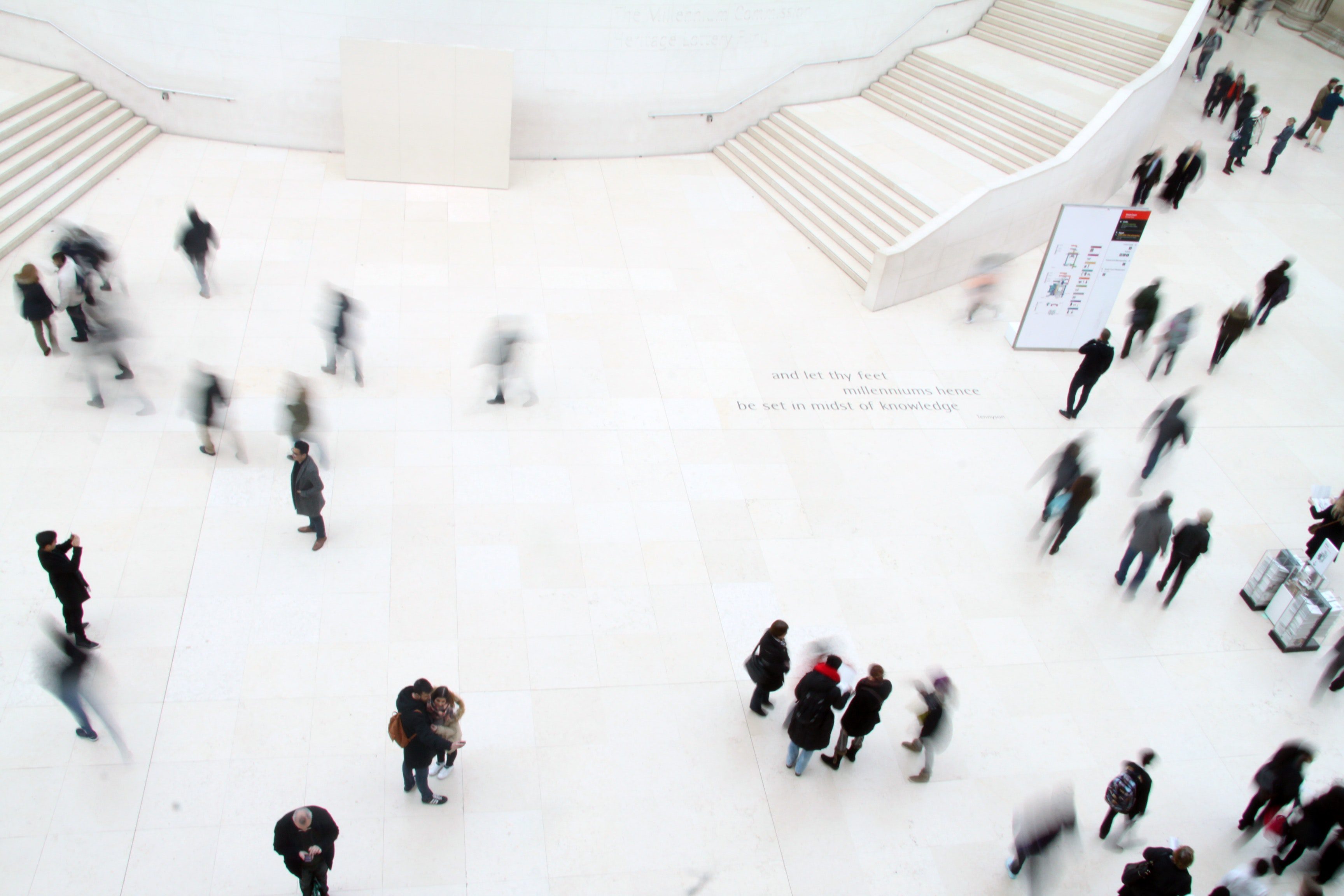 Arrange wearable biotechnology
Arrange wearable biotechnology
Biotechnology wristbands can record physiological metrics like heart rate and body temperature to measure excitement levels. That translates to how engaged event goers are. That allows you to tweak settings at your event if you feel they need a boost. While your AV professionals will, of course, help you plan well ahead of time, they can also be on hand to assist with providing a tailored experience by adjusting lighting and sound in real-time. Want to know more? Here are examples of biotechnology in action, for crowdshaping at an event:
- At a 2014 concert, Pepsi used Lightwave wristbands to monitor the energy level of the crowd. The information was fed to DJ A-Trak, so he could adjust his set to improve the engagement and mood of event-goers. AV professionals also tweaked the lighting to boost the energy levels of the crowd.
- The 2017 Mountain Dew Tour event is a great example of just how far crowdshaping can take experiential events. Here, they used biotechnology to create two artworks. Firstly, Lightwave wristbands recorded readings of heart rate, skin temperature and motion of six skateboarders. After analysis, they translated the data onto framed LED screens in a gallery. This was intended to show the responses to the thrill of skateboarding. Secondly, they captured the emotional reaction of guests viewing the gallery with facial-recognition sensors embedded in the LED canvases. That data was projected onto a wall of skateboards to create another piece of art.
Make the most of existing data
Try asking event goers to give you access to their smartphone playlists upon check-in. You can use software to compile favorite genres, artists and songs of that particular audience. That means you’ll have the power to create a custom playlist that reflects the crowd’s taste in music. A creative, toe-tapping way to use crowdshaping at an event to boost engagement!
Additional benefits of gathering big data
Attendee tracking data is a new way of certifying attendance at an event. This is particularly useful for events that contribute to accreditation, such as Continuing Medical Education (SME) credits. Data can be used for audit purposes immediately, which event goers will love. No more searching for lost receipts!
Attendee tracking data can also be used to determine how long event goers are at the venue before leaving. For those who seemed to spend only a short amount of time there, you can email them personally. Say “I noticed you weren’t at our event long. Is there anything we can do?” Reaching out to them could give you some valuable insights into aspects of your event that need improving.
You can use big data to improve marketing efforts. For example, the speakers or exhibitors who are drawing the largest crowds may be a surprise when you look at the data. You can use that information to promote those well-performing speakers and exhibitors more heavily in marketing blasts, whether to draw more attendees to your current event or your next one.
You can also build better relationships with event sponsors when you collect insightful data. Sponsors are keen to know event performance, how satisfied event goers were, whether they recommended the event to someone they know, as well as demographic information. The more specific the information you can provide to sponsors, the more helpful it is to them. It’s also more likely they will want to work with you in future. The same goes for exhibitors. Big data allows you to concentrate on building the most successful event – for all involved.
 It could change your future choice of speakers
It could change your future choice of speakers
With the big data coming in and event planners trying to execute it, it’s vital that speakers, and other presenters, can adapt to that information on the fly. Trust us – this will be something you’ll look at when you choose speakers for the next event you’re planning. Another example of execution is key.
Key concern: data privacy
It’s easy to get excited about the potential benefits of crowdshaping for us in the event planning world – particularly in terms of improving ROI! But, there is one critical thing you need to be across before you start gathering that big data. That thing is probably no surprise to you in light of Facebook’s recent issues. Yep, it’s data privacy. Your top priority is to make sure that your team is storing data securely.
Some other things to consider:
- Full transparency is needed, so attendees understand what data you’re tracking and how you’re using it
- You should offer opt-out options
- Is there something in it for the attendee? Hint: there should be. Clearly explain what that is to them
- Attendees must understand well enough to see that the benefits aren’t just for exhibitors
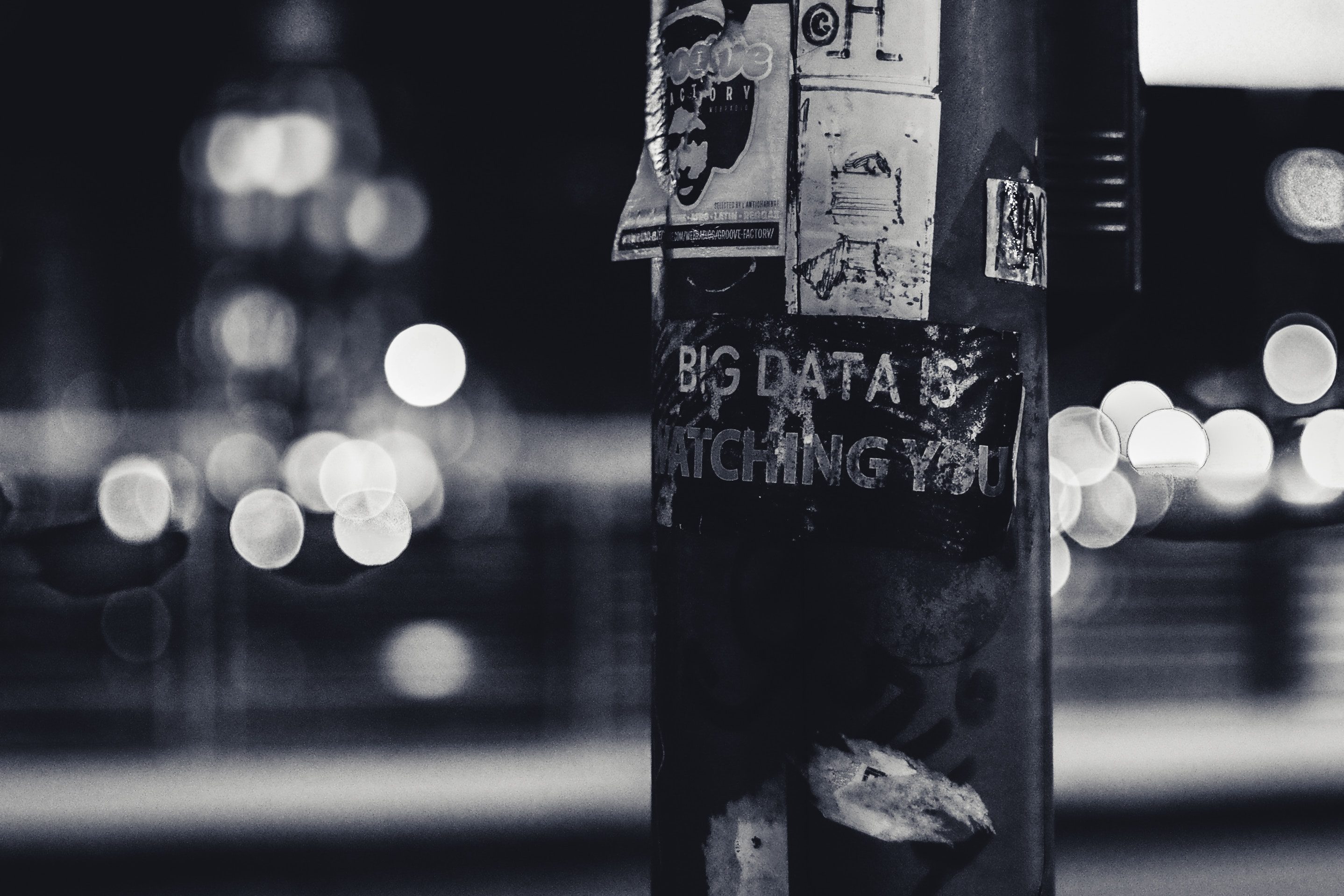 Integration is a must when planning crowdshaping at an event
Integration is a must when planning crowdshaping at an event
Make sure your crowdshaping event data can be integrated with your other platforms to make the marketing and sales relationship more efficient. While the brilliance of crowdshaping lies in implementing solutions that day – the benefits from that data don’t stop there but extend into the future planning of events.
As the popularity of biotechnology grows, using it for crowdshaping purposes must be at the forefront of consideration for brands and event planners in 2018 and onward. Don’t worry – you don’t need to implement all these ideas today. Start looking at one way you can use big data and crowdshaping at an event. When you’re confident it’s working for you, build from there!
Are you excited to try crowdshaping at an event? Let us know which idea you think has the most potential.






